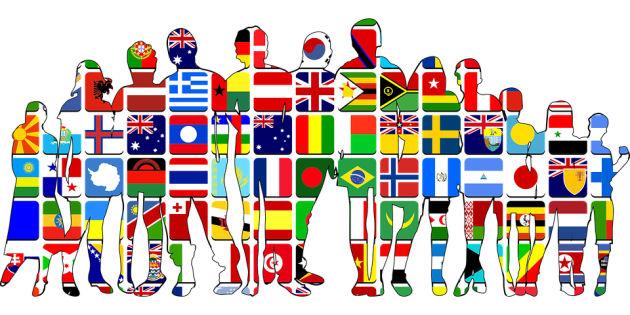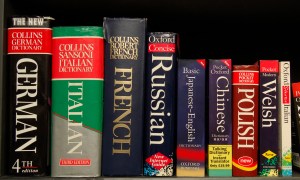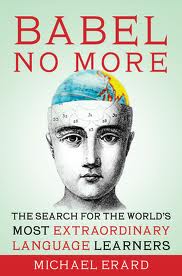You Never Know Where Your Languages Will Take You
September 16, 2018 Leave a comment

It’s been a while since I have posted anything here since running a business tends to consume all of my time, sometimes to a nearly unhealthy degree. The gap since my last post has made me consider where my languages have taken me compared to where I thought I was going when I started out. To give you some background, I have had a near obsession with languages since I was fairly young, studying any language I could get materials for. This unguided, haphazard approach to learning languages became much more structured when I went to college and limited myself to my “major” languages: Russian, Spanish and French. I chose these three intentionally thinking I might end up working for the United Nations whose working languages include English, Spanish, French, Arabic, Russian and Mandarin Chinese.
Yet it was Russian that really held my attention. The mystique of the language and country during the cold war was very intriguing to me. I even spent six months in the Soviet Union studying and perfecting my Russian. I remember how excited I was the day I realized I could speak Russian easily without even thinking of the grammar. I left the country feeling very proud of my ability to speak confidently, fluently and intelligently on most topics, assuming I’d be back in Moscow very soon after I graduated. However, with the collapse of the Soviet Union in 1991 job opportunities were not the same and I ended up in graduate school studying Russian and Spanish.
After graduating, my professional life quickly led me to a job at an insurance company translating from Spanish and Portuguese, languages which I had secretly looked down on as “back-up” languages that were not as prestigious or fascinating as Russian. Now I found myself suddenly needing to use them both at a professional level. I began devouring Spanish content, memorizing obscure Spanish grammar rules and making long vocabulary lists to be sure that I could do the job well. Since I only had three semesters of college Portuguese under my belt, whenever I had “extra” time, I’d spend it working on Portuguese grammar and vocabulary, principally relying on words and grammar that were different from Spanish. Within a reasonable period of time, I felt comfortable using and speaking in both languages at work.
Yet after four years in the insurance industry, I was ready for a change. I started a language services company with my partner in 1997. It quickly became very clear just how useful and indispensible Spanish actually is in the United States. Soon after a very large client required me to put my atrophying French skills to the test. I went through the same process to ramp up my French. It’s been 20 years since that time and I still use French and Spanish on a daily basis, and Portuguese a few times a week. Yet Russian has never played a large part of my professional life in all of that time. Over the years, I can sense my Russian skills deteriorating, despite occasional bursts of interest in reading and listening to the language on the web. When I do have opportunities to speak Russian, the words are no longer on the tip of my tongue and I can feel myself having to think about verb forms and noun declensions that once came out naturally. To a large degree, we make our own opportunities in life so I am not ruling out ever using Russian on a professional level. However, for now I am enjoying using languages that I feel completely comfortable in and studying other languages for fun when I can. It can be hard to know where your language will take you right out of college so stay open to all possibilities and do your best to keep your skills up in languages that you aren’t actively using.








